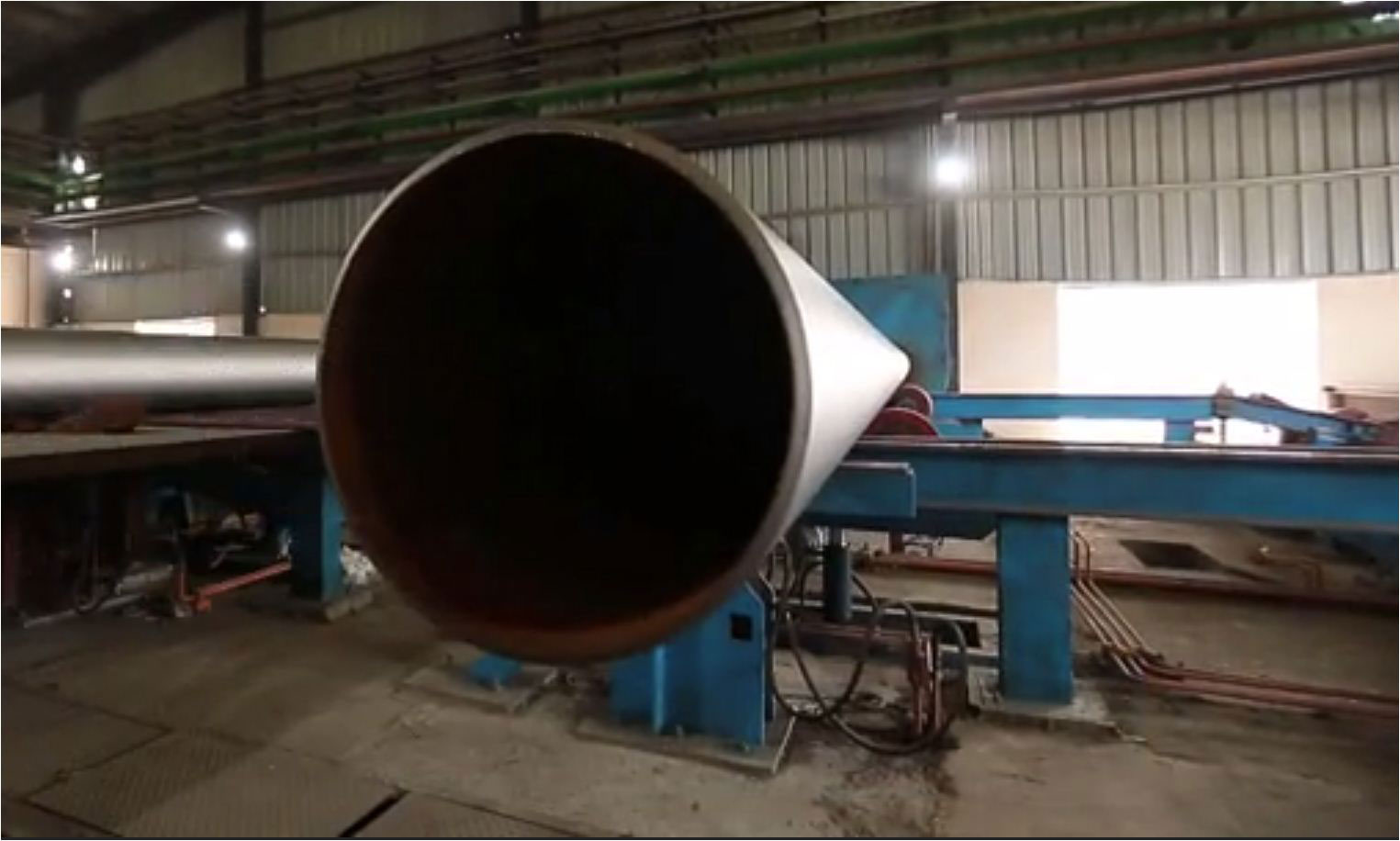ArcelorMittal finally has Essar Steel in the bag but a battle for control has now broken out over a critical infrastructure element on which the success of the company crucially depends: a 253-km pipeline that is meant to carry iron ore slurry from Debuna in Odisha to Paradip where it is converted into pellets before being shipped to Hazira in Gujarat where the giant steel plant is located.
A squabble over the slurry pipeline was always expected; the issue had lurked in the shadows while the Mittals and the Ruias slugged it out in the courts to grab control of Essar Steel.
At the heart of the latest battle is the issue of ownership of Odisha Slurry Pipeline Infrastructure Ltd — an entity in which the Ruias held a 30.19 per cent stake through Essar Steel and which has now passed on to the Mittals.
The remaining 69.81 per cent stake in the pipeline entity, which is also embroiled in a bankruptcy resolution process, is held by an alternative investment fund backed by Srei Multiple Asset Investment Trust.
India Growth Opportunities Fund (IGOF) is the majority owner of the pipeline, which was initially built by Essar Steel to carry iron ore from a beneficiation plant in Debuna to a pellet plant in Paradip. OSPIL was created as a special purpose vehicle to hold the pipeline asset.
IGOF has now shot off a letter to the resolution professional of Odisha Slurry Pipeline Infrastructure seeking to abort the ongoing bankruptcy process where ArcelorMittal appears to have emerged as the preferred bidder.
After the Supreme Court cleared the decks for ArcelorMittal to acquire Essar Steel in November after months of litigation, a battle has erupted for control of OSPIL. The committee of creditors (CoC) has received bids for the pipeline entity from the Mittals and an Odisha-based mine developer and operator, Thriveni.
While the Mittals have offered to pay Rs 2,350-crore upfront, equivalent to the entire principal loan amount of the lenders, Thriveni has proposed to fork out a sum of Rs 3,300 crore but over a period of five years with an upfront payment of Rs 8 crore.
IGOF’s letter comes days before the CoC meets and decides on the bids.
Sources suggest the lenders, led by IDBI, are leaning towards the big upfront offer from the Mittals rather than the staggered payout proposed by Thriveni.
The letter, reviewed by The Telegraph, suggests that Essar Steel, soon to be acquired by the Mittals, will be paying Rs 720 crore annually under a right-to-use (RTU) agreement with OSPIL for the slurry pipeline.
“...It is evident that the RTU charges are sufficient to repay the entire lenders’ outstanding/financial creditors’ claim along with interest and provide returns to its stakeholders,” the letter read.
“Considering the above, we emphasise that resolving OSPIL debt under CIRP (corporate insolvency resolution process) would lead to lower recovery and be prejudicial to the lenders’ interest. This would be particularly so if any resolution plan is accepted without addressing the entire claim amount of the lenders and investment made by IGOF,” the letter further adds. Srei has claims of Rs 549 crore against OSPIL.
An industry observer, who backs the Mittal bid, says: “Thriveni fails to offer any meaningful upfront payment and they haven’t provided a commitment letter guaranteeing the bid either. In other words, the Thriveni bid is steeped in uncertainty. I wouldn’t be surprised if the CoC gave the Thriveni offer short thrift and instead opted for the competing bid which is unconditional and gives the lenders up front recovery of 100 cents to the dollar.”
Another industry source, who backs the Fund, offered a contra view. “The pipeline is a crucial infrastructure for Essar Steel and there is an alternative whereby the outstanding dues could be cleared over a certain period without taking any haircut. The equity partner has appraised the RP,” said a source close to the Fund, which was brought in by Essar in 2015.
IGOF invested Rs 60 crore in equity.
Two thirds of the CoC members (66 per cent) by loan value must approve the resolution plan to make it effective. However, it may be difficult to take the company out of the bankruptcy resolution process at this stage.
Under section 12A of the Insolvency & Bankruptcy Code, 2016, 90 per cent of the lenders must agree to such a proposal. But there is a rider: an entity can be taken out of the process before the bids are called. OSPIL’s resolution process has passed that stage.










